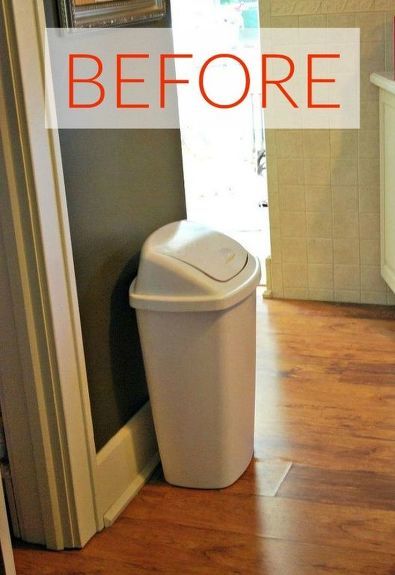Owners who are spending billions of dollars.. “What owner in their right mind is going to spend money and not get consistency of any data,” she says, “to learn from, reuse and evolve, to be more operationally efficient?
Compared to free cooling, mechanical cooling requires substantial electrical input, which ultimately contributes to more heat being rejected.This can further increase water consumption if the heat rejection plant utilises adiabatic cooling.. Reducing the mechanical cooling demand.

The obvious, although usually impractical, way would be to locate the data centre in a colder climate where the average temperature is lower, allowing for free cooling to operate for longer and reducing the mechanical cooling hours operated.This won't be practical for most data centre operators due to cost, land, power and connectivity availability.. A more practical way to reduce the mechanical cooling demand is by increasing the air/water temperature supplied to the data hall.For example, migrating to ASHRAE A1 Allowable temperature range from ASHRAE A1 Recommended during peak external ambient conditions could reduce OPEX considerably.. ASHRAE Environmental Classes (Allowable) for Data Centres.

Hot and cold aisle separation is standard in all new data centres, however, improved air flow management and hot aisle containment (HAC) leakage reduction can have a positive improvement on air temperatures in the room.. Air Side Economisers.In data centres operating within ASHRAE A1 Allowance temperature and located in colder/dryer climates, direct evaporative coolers (DEC) are a highly efficient solution, however, they utilise a larger footprint on the site.

These systems can potentially operate in free cooling mode year-round, leveraging both dry and adiabatic cooling based on external conditions.
This can translate to low reliance on mechanical cooling and potentially exceptional PUE values..This has often resulted in solutions that require no capital expenditure at all, because we find different ways of meeting the requirements..
The Design to Value approach relies fundamentally on close collaboration between a wider range of experts than is seen in conventional projects, particularly including business functions.These experts are actively involved in the definition and search for solutions on an equal footing with the engineering and architectural people who would normally be considered part of the project team.. We also use an iterative approach to pharmaceutical facility design, recognising that good solutions emerge from exploration of all the options.
So our chances of finding the optimum solution are increased when compared to more linear design approaches..There are four principles that enable us to operate in this way:.
(Editor: Modern Drones)